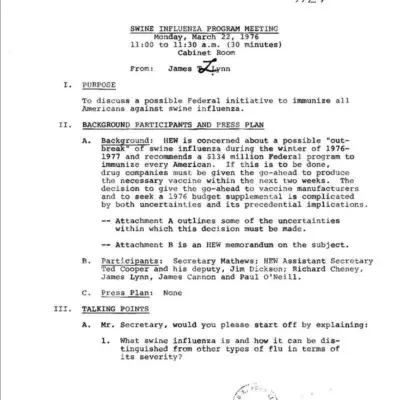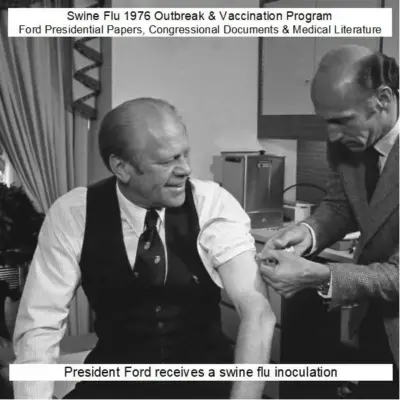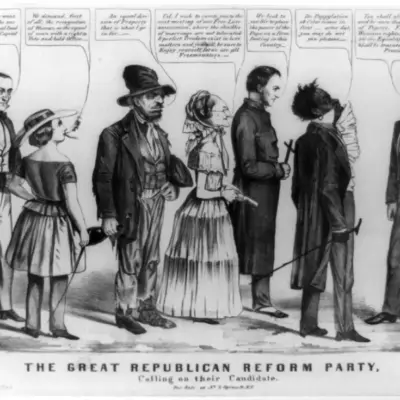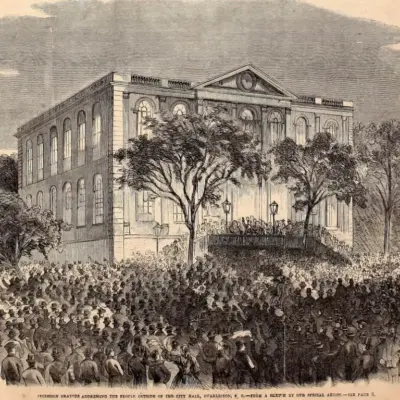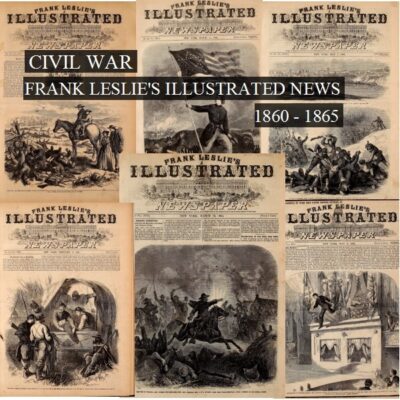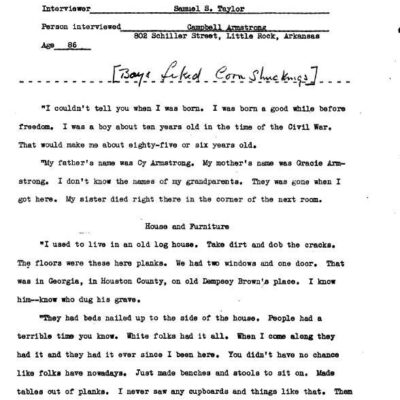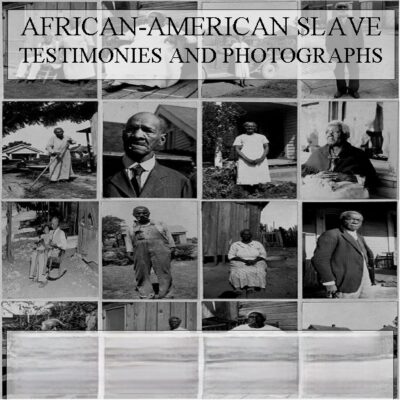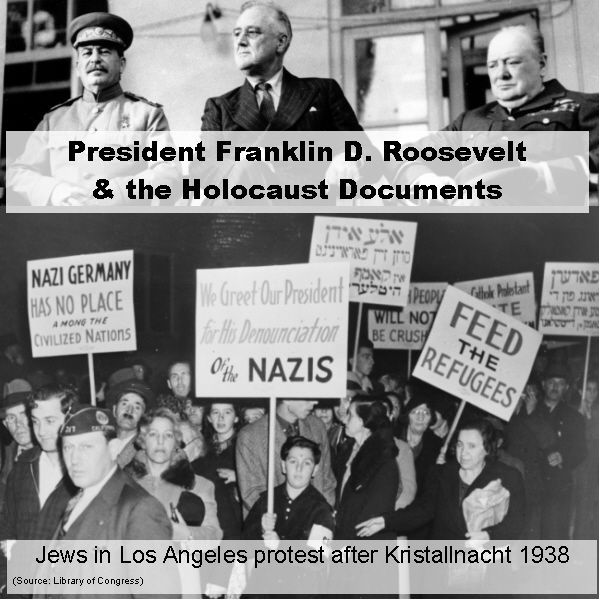
FDR & the Holocaust Documents
$19.50
FDR & the Holocaust Documents
Description
FDR, the Holocaust, and the War Refugee Board
Timeline of Main Events (Based on the Provided Source)
- November 13, 1935: President Franklin D. Roosevelt responds to New York Governor Herbert Lehman’s concerns about the State Department’s administration of strict immigration quotas. FDR informs Lehman that he has investigated the issue and, acknowledging the limitations of the Immigration Act of 1924, has instructed the State Department to give German Jews applying for visas “the most generous and favorable treatment possible under the laws of this country.”
- March 1943 (Earliest Mention): Requests from Jewish sources, both domestic and international, begin reaching various government officials regarding the potential bombing of “Hitler’s instruments of death,” specifically referencing the infrastructure used in the persecution of Jews.
- January 16, 1944: A pivotal meeting takes place at the White House involving President Roosevelt, Treasury Secretary Henry Morgenthau, Jr., Treasury officials Randolph Paul and John W. Pehle. Morgenthau presents a “Personal Report” detailing the Treasury Department’s belief that the State Department is hindering rescue efforts for European Jews through incompetence, delay, and obstruction. This meeting convinces Roosevelt of the need for an independent rescue commission.
- Several Days After January 16, 1944: President Roosevelt establishes the War Refugee Board (WRB) by executive order. This independent commission is tasked with coordinating rescue and relief efforts for victims of enemy oppression.
- July 4, 1944: Assistant Secretary of War John J. McCloy sends a letter to John W. Pehle, Director of the War Refugee Board. This letter outlines the military’s position on the requests to bomb Auschwitz and its rail lines. McCloy reflects the Roosevelt administration’s belief that the most effective way to stop the killings is to achieve a swift military victory over Nazi Germany. The letter cites concerns about the danger to prisoners during bombing raids and the impracticality of diverting military resources from the main war effort.
Cast of Characters and Brief Bios
- Franklin D. Roosevelt: (President of the United States, 1933-1945) The central figure in the controversy surrounding the US response to the Holocaust. The documents explore his administration’s policies and decisions regarding Jewish refugees and the possibility of intervention to stop the Nazi persecution. He is portrayed as a leader who normally addressed world issues with courage but whose response to the Holocaust is questioned for its perceived lateness and reluctance to take certain actions.
- Herbert Lehman: (Governor of New York, 1933-1942; later a US Senator) He raised concerns with President Roosevelt about the State Department’s administration of immigration quotas and whether they were being applied fairly to Jewish refugees in 1935.
- Henry Morgenthau, Jr.: (United States Secretary of the Treasury, 1934-1945) Played a crucial role in changing the Roosevelt administration’s approach to the Holocaust. He and his Treasury officials compiled evidence of the State Department’s obstruction of rescue efforts and presented this information directly to President Roosevelt in January 1944, leading to the creation of the War Refugee Board.
- Randolph Paul: (General Counsel of the Treasury Department under Henry Morgenthau, Jr.) He was involved in the Treasury Department’s efforts to document and address the perceived failures of the State Department regarding the rescue of European Jews and participated in the pivotal January 16, 1944 meeting.
- John W. Pehle: (Assistant to Henry Morgenthau at the Treasury Department; First Director of the War Refugee Board) He was instrumental in bringing the issue of the State Department’s inaction to the President’s attention. Following the January 1944 meeting, he became the first director of the newly established War Refugee Board, tasked with coordinating rescue and relief efforts. He also made direct appeals to the War Department for the bombing of concentration camps and their transportation infrastructure.
- John J. McCloy: (Assistant Secretary of War during World War II) He responded to the War Refugee Board’s requests for bombing Auschwitz and its rail lines. His July 4, 1944 letter to John W. Pehle articulated the military’s rationale for not undertaking such actions, emphasizing the focus on overall military victory and the risks and practicality of such bombing raids.
- Michael Beschloss: (Historian) Quoted in the introduction, he provides a critical perspective on Roosevelt’s silence regarding the plight of European Jews and his administration’s delayed and hesitant response to rescue efforts.
President Franklin D. Roosevelt & the Holocaust Documents
2,840 pages of documents related to President Roosevelt and his Administration’s response to the Holocaust.
“With almost sixty years of hindsight, Roosevelt’s silence [about the plight of European Jews] seems a strange lapse in the record of a President who normally spoke to Americans on grand world issues with courage, candor and foresight. That lapse is underscored by Roosevelt’s lateness in pushing his officials to save Jewish refugees and his reluctance to seriously entertain whether bombing Auschwitz might save some of Hitler’s intended victims without postponing victory in Europe.”
Michael Beschloss – From “The Conquerors: Roosevelt, Truman the Destruction of Hitler’s Germany, 1941-45” (New York: Simon & Schuster, 2002).
It remains to this a day a subject of argument whether or not President Franklin Roosevelt could have done more to rescue European Jews and to stop Hitler’s killing.
Critics of the Roosevelt Administration’s policies related to and effecting Jews in Europe often say FDR’s approach to refugee issues prior to and during World War II was weak, and he is even accused of having pursued misguided policies and of being indifferent to the Holocaust.
Others would say that Roosevelt’s strongest critics on the issue fail to sufficiently account for the American public’s pre-war isolationism and anti-Semitism, strict immigration and quota laws that enjoyed wide public and Congressional support, and military practicalities that, for much of the war, limited the Allies’ ability to reach Jews trapped deep behind enemy lines.
This collection of documents Includes a summary of the controversy over Roosevelt’s response to the persecution of Jews and the Holocaust beginning with 20 pages of annotated documents that shows the path of FDR’s response to the persecution of European Jews.
This is followed by 2,820 pages extracted from various document collections held by Franklin D. Roosevelt Presidential Library and Museum.
Includng:
Department of State Files.
Covers the State Department views on alien visa controls. Reports from American embassies in Europe about German Atrocities. The Administration’s position on British immigration Policies.
Church/Religious Matters – Jewish Matters 1933-1945
Correspondences from the general public, community leaders, and elected officials concerning the plight of Jews in Europe and Jewish refugees, Includes anti-Semitic correspondences.
Immigration – Correspondences
Correspondences dealing with United States immigration policies and laws effecting Jewish refugees.
Highlights include:
In a letter dated November 13, 1935 to New York Governor Herbert Lehman, President Roosevelt responds to Lehman’s claim that strict immigration quotas in place at the time were not being fully or fairly administered by the State Department. FDR advises Lehman of the results of his own examination of the visa issue, the legal limitations imposed by the Immigration Act of 1924, and his instruction to the State Department that German Jews applying for visas were to be given “the most generous and favorable treatment possible under the laws of this country.”
A memorandum for the Secretary’s Files, January 16, 1944. A contemporaneous memorandum written by John Pehle, an assistant to Henry Morgenthau. This document marks a key change in the Roosevelt Administration’s response to the Holocaust. In a January 16, 1944 meeting at the White House involving the President Roosevelt, Treasury Secretary Henry Morgenthau, Jr., Treasury’s general counsel Randolph Paul, and John W. Pehle. At this meeting, Secretary Morgenthau presented to the President a lengthy and blunt “Personal Report” on what Morgenthau and other Treasury officials believed to be the State Department’s acquiescence in Germany’s mass murder of Jews. The startling evidence presented to the President of the State Department’s incompetence, delay, and even obstruction of a variety of rescue efforts convinced him of the need to establish an independent commission to coordinate rescue and relief efforts. John Pehle would become the first Director of the War Refugee Board, which FDR established by executive order several days later.
A letter from Assistant Secretary of War John J. McCloy to John W. Pehle, dated July 4, 1944. One of the most controversial aspects of the Roosevelt Administration’s reaction to the Holocaust is the decision not to bomb rail lines used to transport prisoners to Auschwitz. As early as March 1943, requests for bombing of Hitler’s instruments of death had reached various government officials from Jewish sources both at home and abroad. The Administration was reluctant to take such action, though, because of the danger of the raids also killing the prisoners they were meant to save as well as of the practicality of diverting military resources that were needed elsewhere to defeat Germany. In 1944, War Refugee Board Director John W. Pehle made several direct appeals to the War Department for the bombing of various camps and rail lines. This July 4, 1944 letter from Assistant Secretary of War John J. McCloy to Pehle, written one month after the D-Day invasion of Northwest Europe, states the military’s position with regard to such suggestions, and reflects Roosevelt’s belief that the surest way to end the killing was to defeat Nazi Germany as quickly as possible.





